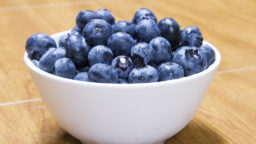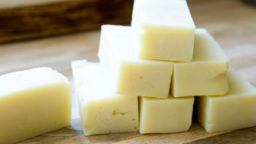Whether or not you’re a homesteader, there’s no arguing that vegetables fresh from the garden just taste better than the ones you buy at the store. Even organic store-bought veggies just don’t have that same delicious taste that you get from vegetables that you grew yourself. If that isn’t enough to convince you to grow your own food, let’s take a look at just a few of the top reasons you might want to start a garden today:
No Fear of Food Recalls
Every year, we hear about different food recalls in different areas. People get sick from eating tomatoes, spinach, lettuce, and all kinds of other vegetables. That’s something you won’t have to worry about with food from your own garden. While others are looking forlornly at the produce section of the store, wondering what’s safe, you can pick anything you want and eat it without a care in the world.
Less Wasted Cash and Food
On average, American households throw away about $600 per year in over-ripe, damaged, or rotten produce. When you put in the time and effort to grow it, though, you’re a lot more likely to plan when to eat it instead of just letting it go bad in the fridge. And, when you do have over-ripe vegetables, they can go straight to compost instead of going in the garbage.
It’s Better for the Environment
Think of all of the fuel and labor it takes to get vegetables from factory farms to the store, and then there’s the fuel you spend driving to and from the store, as well. Add to that any packaging that’s used in the process, and you have a pretty big impact on the environment. With your own garden, you can just walk out the back door and pick your veggies, leaving a much smaller carbon footprint behind.
Sources:
http://www.gardenweasel.com/top-10-reasons-to-grow-your-own-garden/
http://www.cookinglight.com/food/in-season/reasons-to-garden
If you like this, you might also like:







